Monty Don's hedge trimming tips for summer: practical advice for your plot
It's simple to keep your hedges in great shape during the warmer months with Monty Don's hedge trimming tips

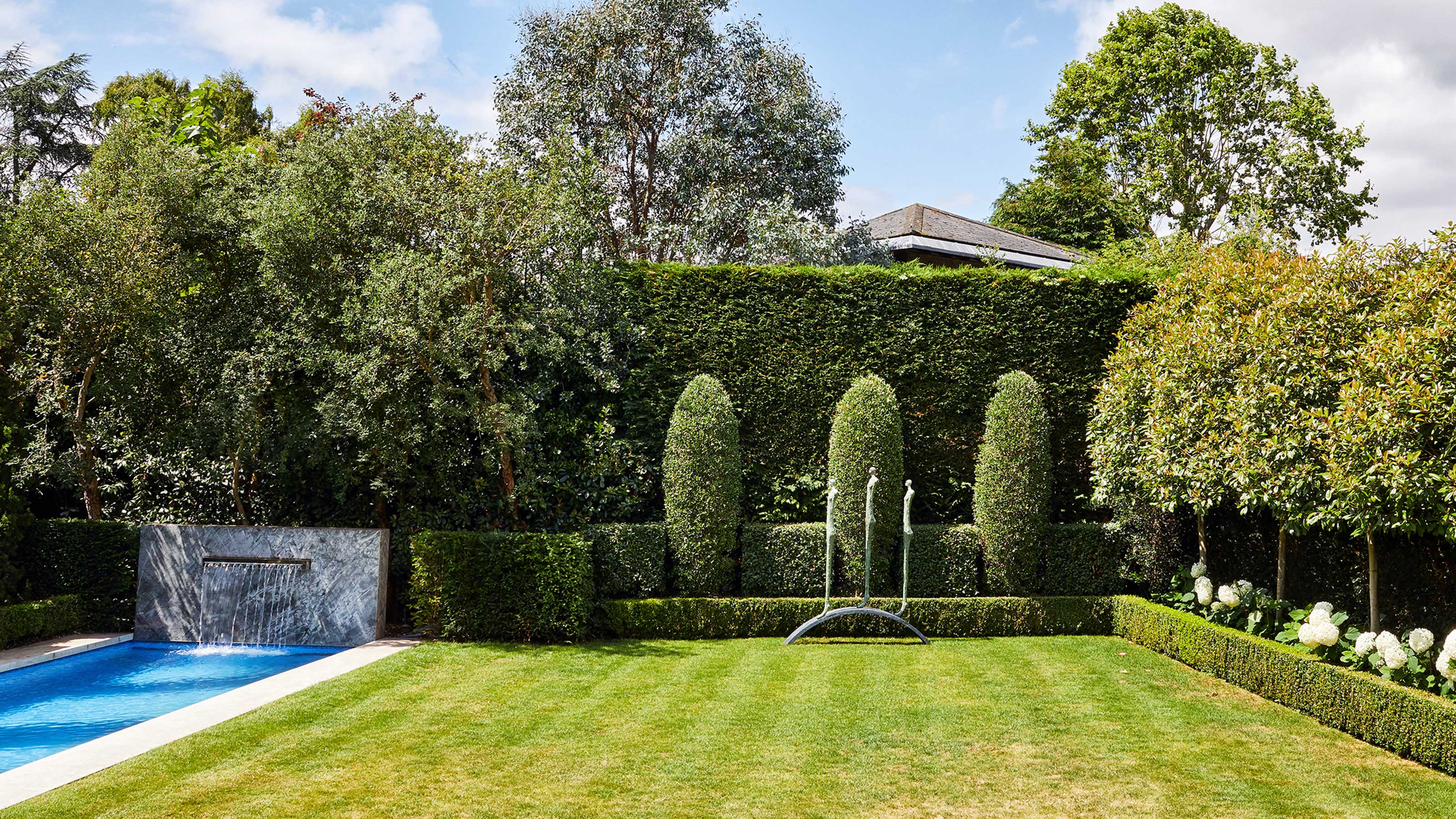
These Monty Don hedge trimming tips will come in handy if your hedges have put on a growth spurt and need a summer smarten-up. This is especially the case if you're wondering whether you can cut them without disturbing wildlife. After all, many of us love making our yards places for birds, insects and other creatures to thrive, and want to bear the needs of all the inhabitants in mind as we tend our plots.
The good news for all keen-to-get-started hedge trimmers is that young birds will have left their nests by July, according to gardening guru Monty Don. And, once the latest feathered inhabitants of your garden have left their first home, you've got the green light to get straggly hedges back into shape.
We've shared Monty's words of wisdom on how to trim a hedge in summer below.
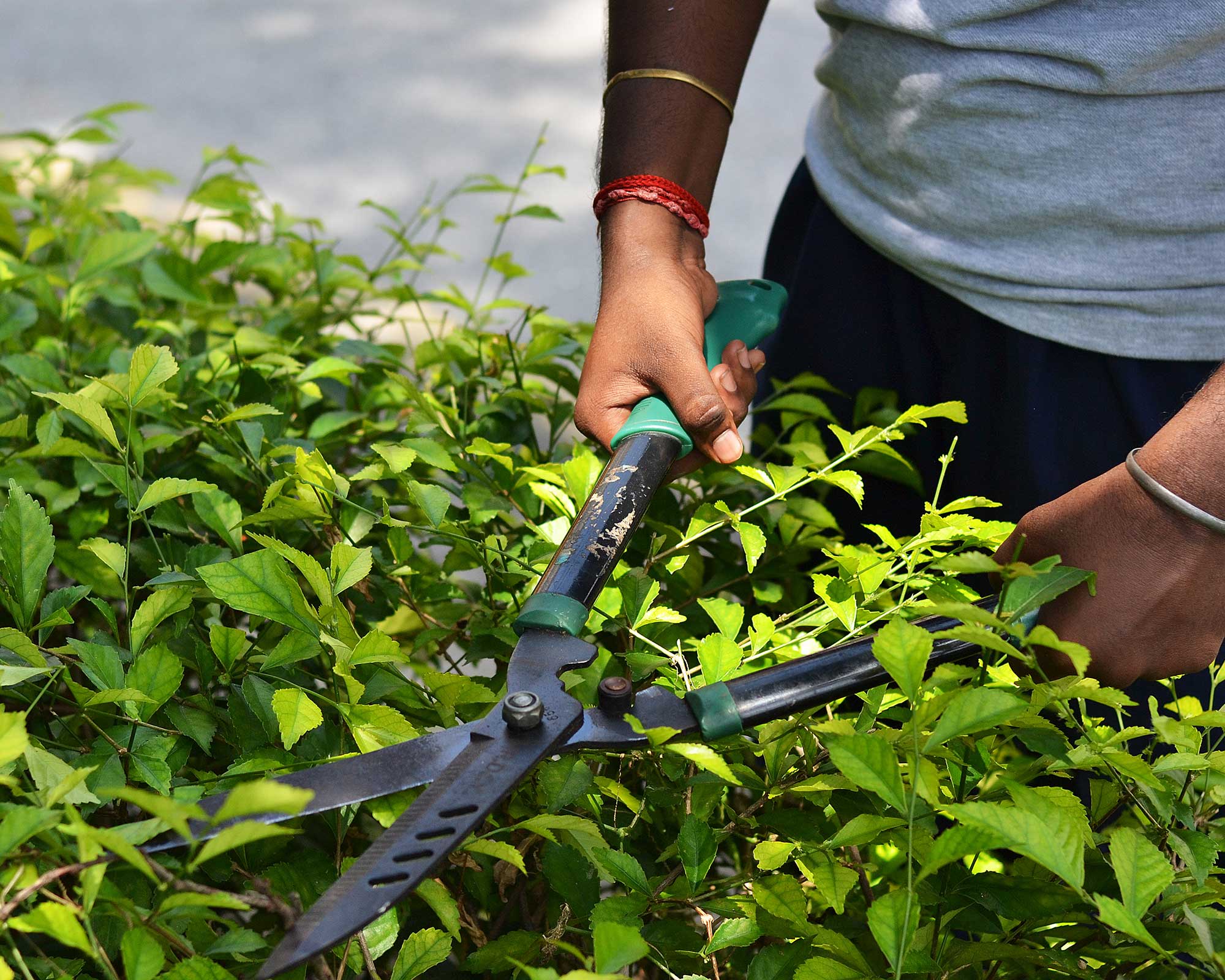
Monty Don hedge trimming tips for summer: step-by-step advice
Monty Don revealed how to give hedges a summer trim on his website. Now, we’re sharing his top tips along with some advice of our own.
1. Check for wildlife activity
Before you get started, a little observation is in order. Although birds should have left the nest by July, you do need to be sure. Look out for activity before you go near the hedge and start cutting.
You should bear in mind additionally that, in the UK, there's a legal prohibition on cutting the hedge when you know there's an active nest, as you're likely to damage or destroy the nest in the process.
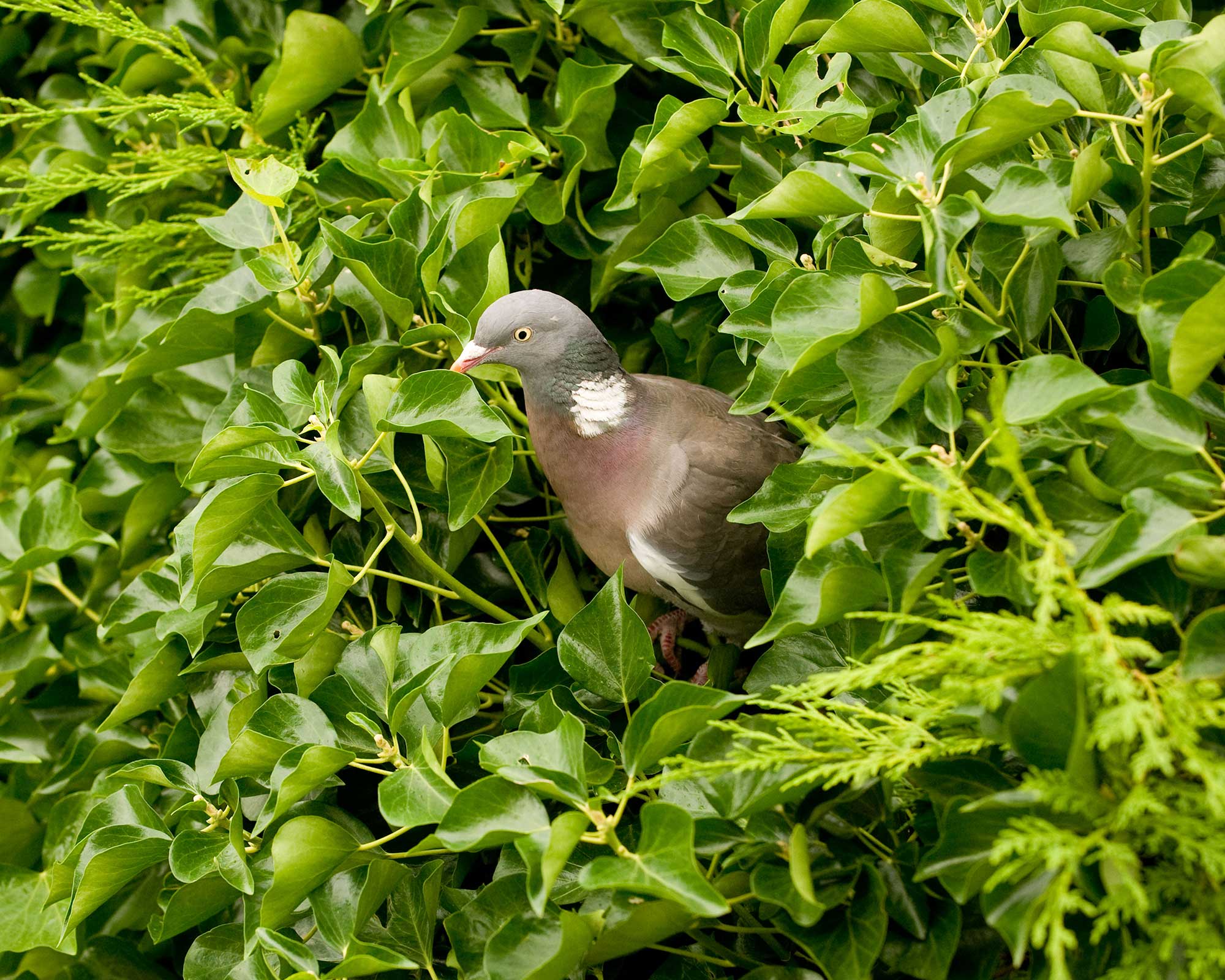
2. If you see activity, wait a while longer
If you observe active nests, don't trim the hedge now. And if you start the job but then have suspicions, stop right there.
There's a window of opportunity for this task up until the end of August, so you can allow the birds time to leave. In the meantime, why not get busy with vegetables to plant in August instead?
3. Grab the right tools
Confident there are no active nests in your backyard's hedge? Then make sure you have the tools for the job. If your hedge is a smaller one, hand-held shears will do just fine – our buying guide to the best garden shears is full of great picks. But, if yours is large, get yourself the best hedge trimmer.
With either option, blades should be sharp, and safety goggles along with gloves should be worn if you're using an electric or gas hedge trimmer.
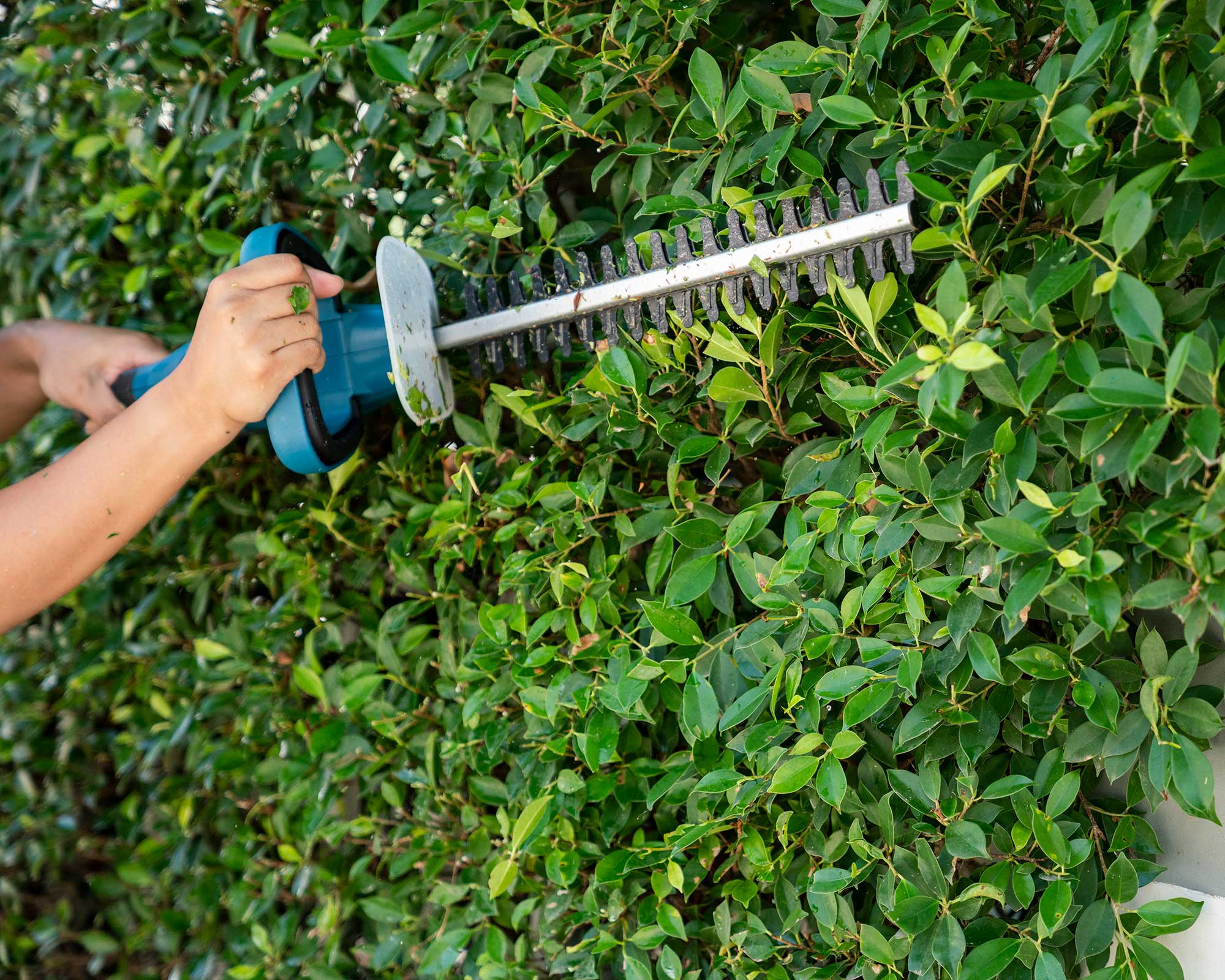
4. Start with the sides
Monty recommends starting with the sides of the hedge. He says you need to make the base of the hedge wider than the top, known as cutting it to a batter. The reason? It allows light to penetrate to the lower half of the hedge for healthy foliage down to ground level, he explains.
5. Get the shape right
After you've tackled the sides, work on the top of the hedge. The key to getting it level is to use a piece of string as a guide, Monty says. Make sure it's kept taut between canes stuck into the ground.
As for shape, if the hedge is an informal one, Monty recommends curving the top so it's rounded. Fancy being a little more creative? Try your hand at cloud pruning – a great option for Japanese garden ideas or more contemporary plots.
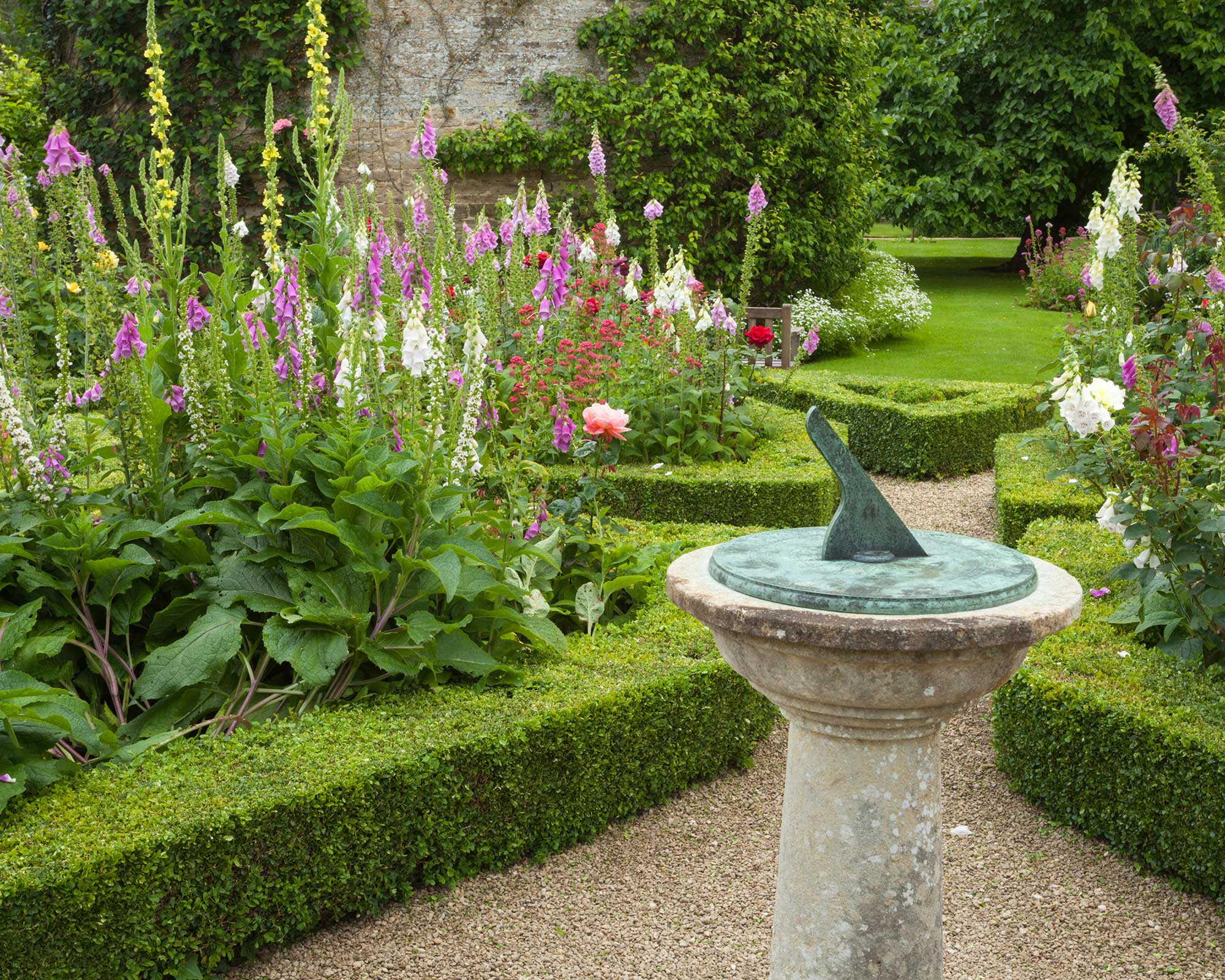
6. Dispose of the clippings
Provided your hedge isn't a prickly one, Monty says the trimmings can be chopped up with a mower and added to the compost heap.
Looking to up your compost game? Our guide on how to compost is full of useful tips, whilst our pick of the best compost bins will come in handy if you're looking for an upgrade.
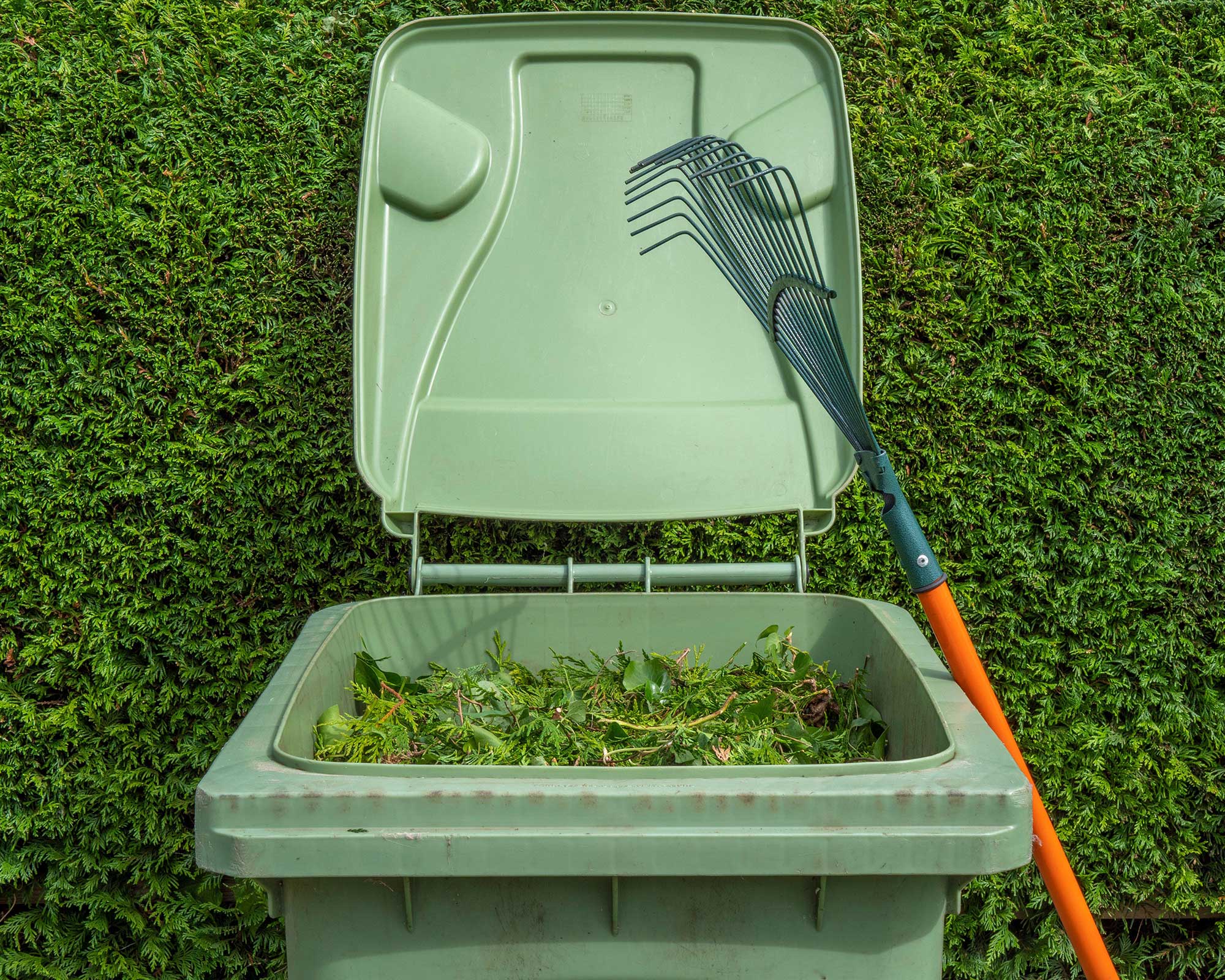
Why is it a good idea to give hedges a summer trim?
Trimming a hedge in summer isn't just useful for neatening up your plot. Another reason for pruning at this time of year, Monty explains, is so that regrowth can harden off before any autumn frosts.
If your hedge is overgrown, Monty also says that now is the moment to cut it down in size. And if your hedge needs reinvigorating? In that case, his advice is to wait, and add it to your list of winter garden jobs, when the hedge is dormant. Then, you can trim it hard so it grows strongly in spring.

Sarah is a freelance journalist and editor writing for websites, national newspapers, and magazines. She’s spent most of her journalistic career specialising in homes and gardens and loves investigating the benefits, costs and practicalities of home improvement. It's no big surprise that she likes to put what she writes about into practice, and is a serial house revamper.
